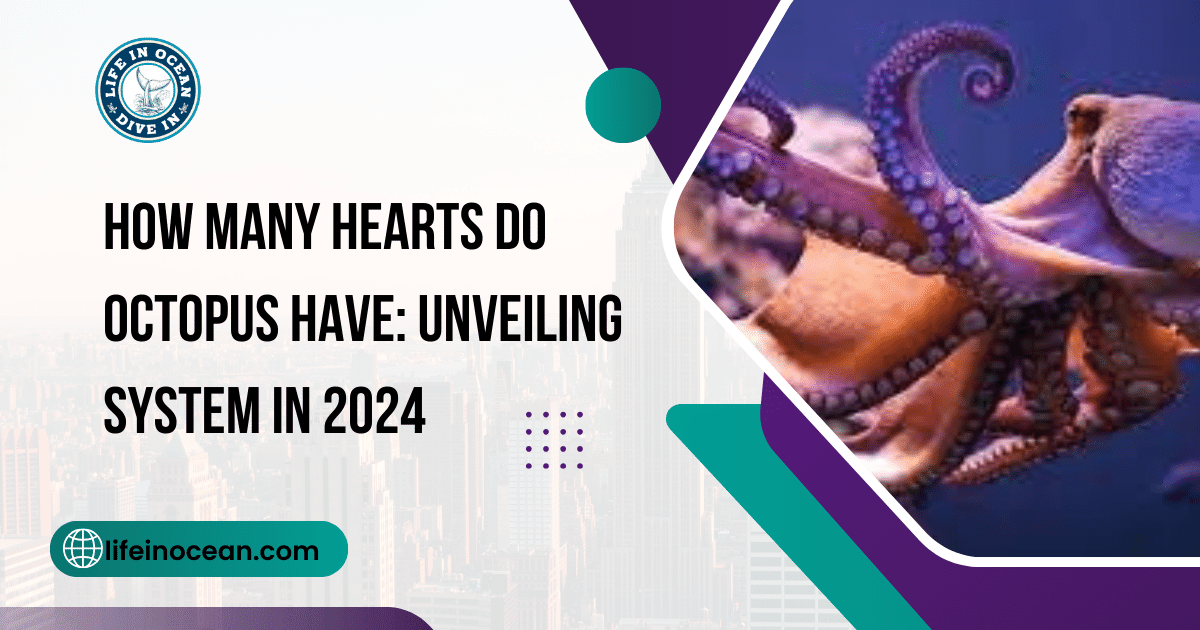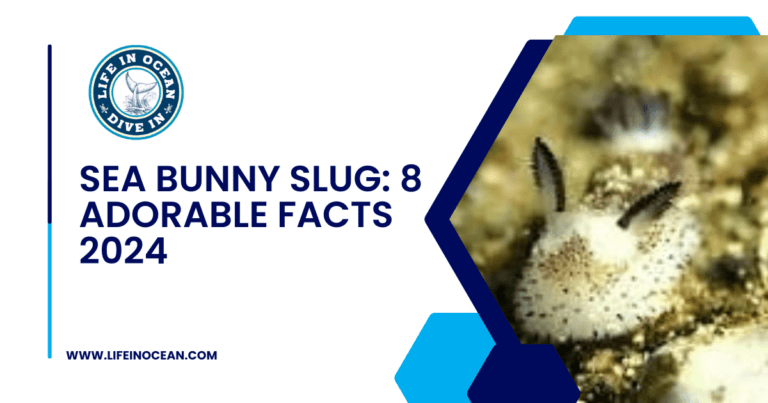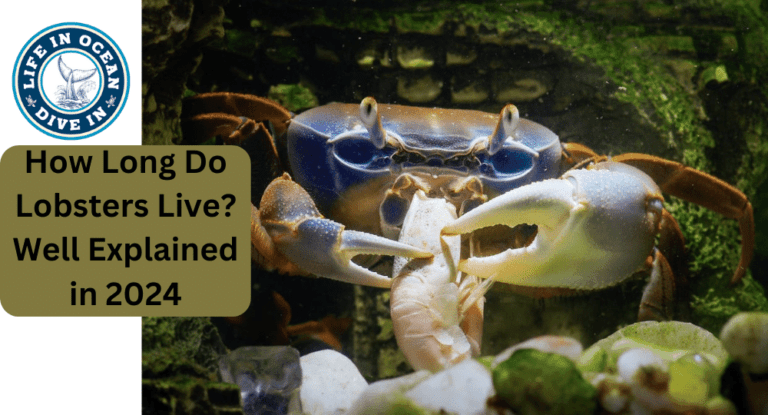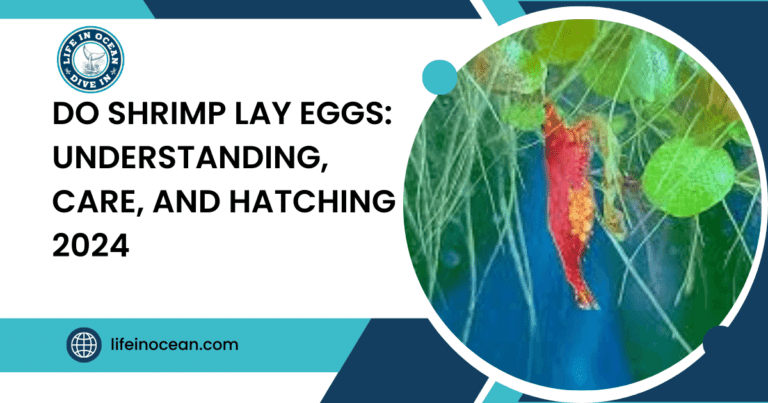Ever wondered how many hearts do octopus have? It turns out these fascinating animals have three hearts, a remarkable contrast to the single heart of humans. But what’s the purpose of this trio of organs? Delving into the world of cephalopods, we’ll uncover not only the mystery behind their multiple hearts and separate brains but also explore how they function and why they’ve evolved in such a unique way. Join us as we dive deep into the underwater realm of these extraordinary animals and unravel the secrets behind their octopus anatomy and tentacles.
Table of Contents
The Number of Hearts in an Octopus
Three Hearts
Octopuses have three hearts. Each heart serves a specific purpose, working together to pump blood throughout the octopus’s body. Two of the hearts are responsible for pumping blood to the gills, where it picks up oxygen, while the third heart pumps oxygenated blood to the rest of the body.
Octopuses‘ unique circulatory system, and single heart, sets them apart from other animals. The octopus anatomy allows for efficient oxygen distribution and ensures that all parts of their complex bodies receive the necessary nutrients and oxygen.
Specialized Circulatory System
The first two hearts are tasked with sending deoxygenated blood to the gills, where it becomes enriched with oxygen before being distributed throughout their bodies by the third heart. This specialized circulatory system, including the main heart, is essential for sustaining active lifestyles and supporting their extensive neural network, which coordinates their movements and cognitive functions.
This incredible adaptation enables octopuses to thrive in diverse environments and demonstrates how they have evolved distinct biological features that make them well-suited for survival in various habitats.
Anatomy of Octopus Hearts
Main Heart Function
The octopus has three hearts. One main heart pumps blood throughout the body, delivering oxygen and nutrients to its various parts. This ensures that the octopus’s organs and muscles receive the necessary resources to function properly.
The two smaller hearts are responsible for pumping blood to the gills. These specialized organs enable the octopus to extract oxygen from water, which is essential for its survival. The coordinated effort of all three hearts allows the octopus to efficiently circulate blood, ensuring that every part of its body receives what it needs to thrive.
Efficient Circulation
With this intricate system, the octopus can maintain a high level of activity and agility in its aquatic environment. The efficient circulation facilitated by multiple hearts enables quick responses and movements when hunting prey or evading predators.
In essence, these multiple hearts provide a fail-safe mechanism for an animal living in an environment where mobility and swift reactions are crucial for survival.
Blue Blood and Its Significance in Octopuses
Unique Blood Composition
Octopuses have three hearts which pump blue blood throughout their bodies. Unlike humans, who have iron-based hemoglobin in their blood, octopuses have a copper-based molecule called hemocyanin. This unique composition gives their blood a bluish color.
This specialized form of oxygen-carrying molecule allows the octopus to thrive in its marine environment. The hemocyanin efficiently binds to oxygen at low concentrations, making it easier for the octopus to extract oxygen from water with less effort compared to creatures with iron-based hemoglobin.
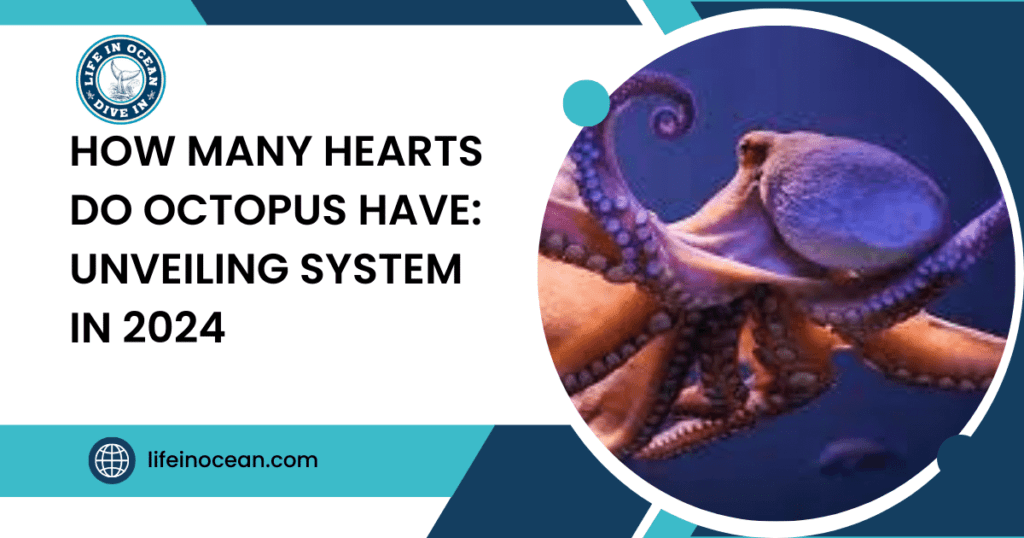
The presence of hemocyanin is crucial for supporting the active lifestyle of octopuses. It enables them to perform tasks such as jet propulsion and rapid color changes by providing an efficient supply of oxygen to their muscles and tissues.
Adaptation for Survival
While human blood appears red when carrying oxygen due to the iron in our bloodstream, octopus blood remains blue even when it’s saturated with oxygen. This distinction showcases how different species adapt uniquely to suit their environments.
The adaptation seen in octopus blood not only aids in survival but also provides valuable insights into the diverse ways life has evolved on Earth. Understanding these adaptations helps scientists comprehend how various organisms thrive under specific conditions, contributing vital knowledge about biodiversity and evolution.
Unique Circulatory System in Octopuses
Open Circulatory System
Octopuses have an open circulatory system. Their blood flows freely within their bodies and surrounding environment, unlike humans who have a closed circulatory system with blood contained in vessels. This unique feature allows for rapid oxygen distribution during high activity levels.
The open circulatory system of octopuses means that their blood is not confined to vessels but rather bathes their organs directly. As the blood moves through the body cavity, it delivers nutrients and oxygen to various tissues. This efficient method ensures that all parts of the octopus’s body receive the necessary resources for functioning properly.
Oxygen Distribution
This type of circulation is particularly advantageous for cephalopods like octopuses because it enables them to maintain high energy levels during activities such as swimming or hunting prey. The free flow of blood also aids in quick recovery from injuries by delivering clotting agents directly to wounds without delay.
Octopus Intelligence and Heart Functionality
Link Between Intelligence and Multiple Hearts
Octopuses are fascinating creatures with three hearts that pump blue blood. Studies have suggested a connection between their intelligence and the complexity of their circulatory system. The ability to adapt heart function based on environmental factors showcases their remarkable intelligence. For example, when an octopus swims, its hearts work harder to provide oxygen to its body.
The intricate coordination of multiple hearts in octopuses reflects their advanced physiology. While humans have one central brain, an octopus has nine separate brains — one for each arm and another for its central brain. This distributed nervous system allows them to perform complex tasks, manipulate tools, and exhibit problem-solving abilities without the need for input from the central brain.
Adaptability in the Circulatory System
One heart pumps blood through the entire body while the other two pump it through the gills. This unique circulation system enables efficient oxygenation of blood even under extreme conditions such as low oxygen levels or high activity levels.
Octopuses’ sophisticated cardiovascular adaptation is a testament to their exceptional survival skills in diverse environments. Their bodies can adjust swiftly to changing demands by redistributing blood flow accordingly among their three hearts.
Reproductive Behavior and Heart Dynamics
Mating Process
Male octopuses use a specialized arm to transfer sperm packets into the female’s mantle cavity during mating. This unique behavior showcases their reproductive strategies and the intricate dynamics of their hearts during this crucial period.
The increased workload on the hearts during reproduction highlights their adaptability to different energy demands and body ratios. Despite the intense physical exertion, these creatures demonstrate remarkable power in adapting to such moments of pressure.
Understanding heart dynamics provides insights into how octopuses manage their energy levels, especially in environments with potential predators. By examining these behaviors, scientists can gain valuable knowledge about how these intelligent creatures navigate through moments of high energy expenditure.
Adaptability and Insights
Octopuses’ ability to regulate their heart function under varying workloads offers fascinating insights into their rest-and-work cycles. This adaptability is essential for them as they need to conserve energy while navigating diverse environments with different predatory challenges.
The intricate balance between rest and work within an octopus’s body showcases its incredible capacity for managing internal pressures efficiently. Studying these aspects not only sheds light on their reproductive behavior but also provides valuable information about how they cope with environmental demands and maintain optimal functionality despite external pressures.
The Role of Multiple Hearts in Defensive Mechanisms

Rapid Color Change
Octopuses use specialized cells called chromatophores to rapidly change color and texture for camouflage. This ability allows them to blend seamlessly with their surroundings, making it challenging for predators to spot them. By swiftly altering their appearance, octopuses can evade danger and increase their chances of survival.
The rapid color change is a crucial defensive mechanism that relies on the coordination between the octopus’s nervous system and its chromatophores. When threatened, the octopus can instantly adapt its visual appearance to match its environment, effectively hiding from potential predators.
Support During Defensive Maneuvers
With multiple hearts, an octopus is equipped with robust cardiovascular support that aids in quick responses during defensive maneuvers. These main hearts work together to ensure efficient blood circulation throughout the body, enabling swift movement and agility when evading threats.
The presence of more than one heart contributes significantly to an octopus’s ability to react promptly during confrontations with predators. Their systematic hearts play a vital role in sustaining the oxygen supply and energy distribution required for rapid movements and escape strategies.
Longevity and Heart Health in Octopuses
Remarkable Health
Octopuses are fascinating creatures with three hearts, two of which pump blood to the gills, while the third circulates it to the rest of the body. Despite their relatively short lifespans, octopus hearts exhibit remarkable heart health. Their cardiovascular system, including the octopus heart, is adept at maintaining optimal function, contributing significantly to their survival in the wild.
The ability of octopuses to efficiently regulate blood flow and maintain cardiovascular function is a critical factor in their resilience and adaptability. This unique trait allows them to thrive in various environmental conditions, including extreme depths and temperatures. The efficient circulation also supports their active lifestyle, enabling swift movements and agile swimming capabilities.
Potential Applications
Understanding octopus longevity offers valuable insights that could have potential applications for human health research. Scientists study octopus hearts’ exceptional heart health as they seek inspiration for developing innovative approaches or treatments for cardiovascular issues in humans. By unraveling the secrets behind octopus heart functionality, researchers aim to apply this knowledge toward enhancing human cardiac care and addressing related medical challenges.
Summary on How Many Hearts Do Octopus Have
So, there you have it, the fascinating world of octopus hearts. From their three hearts to their unique circulatory system and the role of blue blood, these creatures are truly remarkable. Their intelligence and reproductive behavior also play a significant role in understanding the functionality of their multiple hearts. As we explored their defensive mechanisms and longevity, it became clear that these hearts are essential for their survival in the wild.

Next time you see an octopus at an aquarium or in a nature documentary, you’ll have a whole new appreciation for these incredible creatures and their extraordinary physiology. Perhaps you’ll even share these newfound insights with friends or family, spreading the wonder of the octopus’s many hearts.
Frequently Asked Questions
How many hearts does an octopus have?
An octopus has three hearts. Two of the hearts pump blood to the gills, while the third pumps it to the rest of the body.
What is the significance of blue blood in octopuses?
The blue color of an octopus’s blood comes from a copper-rich protein called hemocyanin, which helps transport oxygen. This adaptation allows them to thrive in low-oxygen environments.
How does an octopus’s circulatory system differ from other animals?
Unlike most animals with closed circulatory systems, an octopus has an open circulatory system where its blood flows through vessels but also directly into its body cavity.
Do multiple hearts play a role in defensive mechanisms for octopuses?
Yes, having three hearts provides advantages such as increased agility and efficiency during escape responses and predator avoidance.
Are there any correlations between longevity and heart health in octopuses?
Octopuses with healthier cardiovascular systems tend to live longer. Their ability to efficiently deliver oxygenated blood throughout their bodies contributes to overall longevity.

